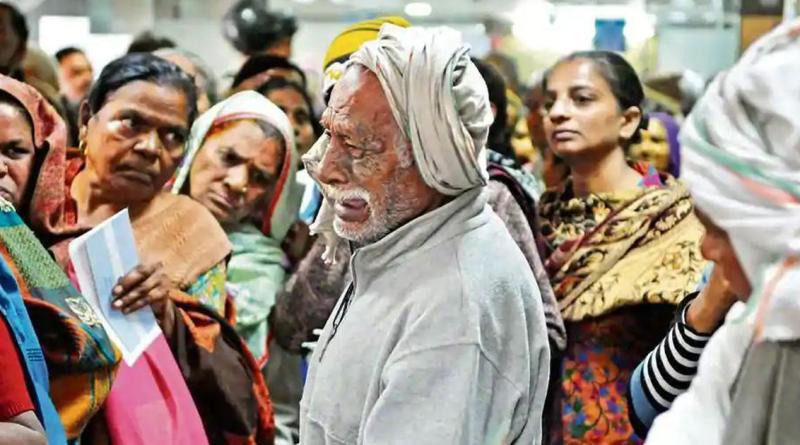Thu 25 Apr 2019:
While it was reported in the media that post-demonetisation the unemployment in India was at a 40-year-high the government told the Parliament.
On November 8, 2016, when Prime Minister Narendra Modi announced demonetisation, a move that made around 80 per cent of the entire currency in circulation invalid instantly, it was touted as the most decisive step in the fight against black money, corruption, counterfeit notes, and terrorism.
But, what followed was unforeseen chaos, people lining up for hours on long queues in front of banks and ATMs to withdraw money and deposit their now invalid life savings.
There were also reports of people dying after standing in the queues for long hours and others died in the hospitals because they couldn’t get the required money on time. Amid all the confusion the government stuck to its stand, claiming it was a big success.
However after the March 31 deadline to deposit the old Rs 500 and Rs 1000 notes ended, the government was on the back foot and began changing its position on what the ultimate aim of demonetisation was. It went from the fight against back money to making India a digital economy to making more people pay income tax and many more.
All these while the Reserve Bank of India sat on releasing the report on the cash that came back after demonetisation. The government wanted to project the amount that didnot come back as the amount of black money (which they estimated will be around 10-15%) However in April 2018, the RBI in its annual report stated that, of the total value of Rs 15,417.93 billion SBNs (specified bank notes) demonetised, currency worth Rs 15,310.73 billion has returned to the banking system. In other words, 99.3 percent of the total banned notes have returned home.
Amid all the allegations and counter allegation over the benefits and side effects of demonetisation, one thing has been widely accepted – it was a disaster for the informal economy and small businesses.
The figures were so embarrassing for the government, that earlier this year it delayed the publication of the National Sample Survey Office’s (NSSO’s) employment survey for 2017-18 which would show the government in poor light just ahead of the elections. PC Mohanan, the acting chairperson of the National Statistical Commission and JV Meenakshi a member of the organisation resigned over the delay.
While it was reported in the media that post-demonetisation the unemployment in India was at a 40-year-high the government told the Parliament that it did not have data on the impact of demonetisation on jobs in the unorganized sector.
While the NSSO report is yet to be published, another study on job losses has painted a bleak picture.
50 lakh people lost their jobs after demonetisation, and India’s unemployment had reached its highest at 6 percent in 2018, double of what it was in the decade between 2000 and 2010, researchers at the Azim Premji University’s Centre for Sustainable Employment has found.
The report also stated that unemployment is highest among the 20-24 years age-group, both in rural and urban areas.
“In general, women are much worse affected than men. They have higher unemployment rates as well as lower labour force participation rates,” the report states.
The report, ‘State of Working India 2019’ released on Tuesday, however, stated that “The beginning of the decline in jobs coincided with demonetisation in November 2016, although no direct causal relationship can be established based only on these trends”.
The study is based on data from the private firm CMIE rather than the Centre’s Periodic Labour Force Survey, which the government has refused to release.
Given the fact that demonetisation has left a deep scar on the economy and employment, it is not surprising that the BJP including PM Narendra Modi who in the past used every given opportunity to call it a masterstroke has hardly mentioned it during the Lok Sabha Election campaign.
The only notable mention the PM made about demonetisation was during an interview with DD News.
In the interview, PM Modi claimed that demonetisation only crippled those with black money and those who don’t have black money are happy.
Article first published on India Times.
Think your friends would be interested? Share this story!





